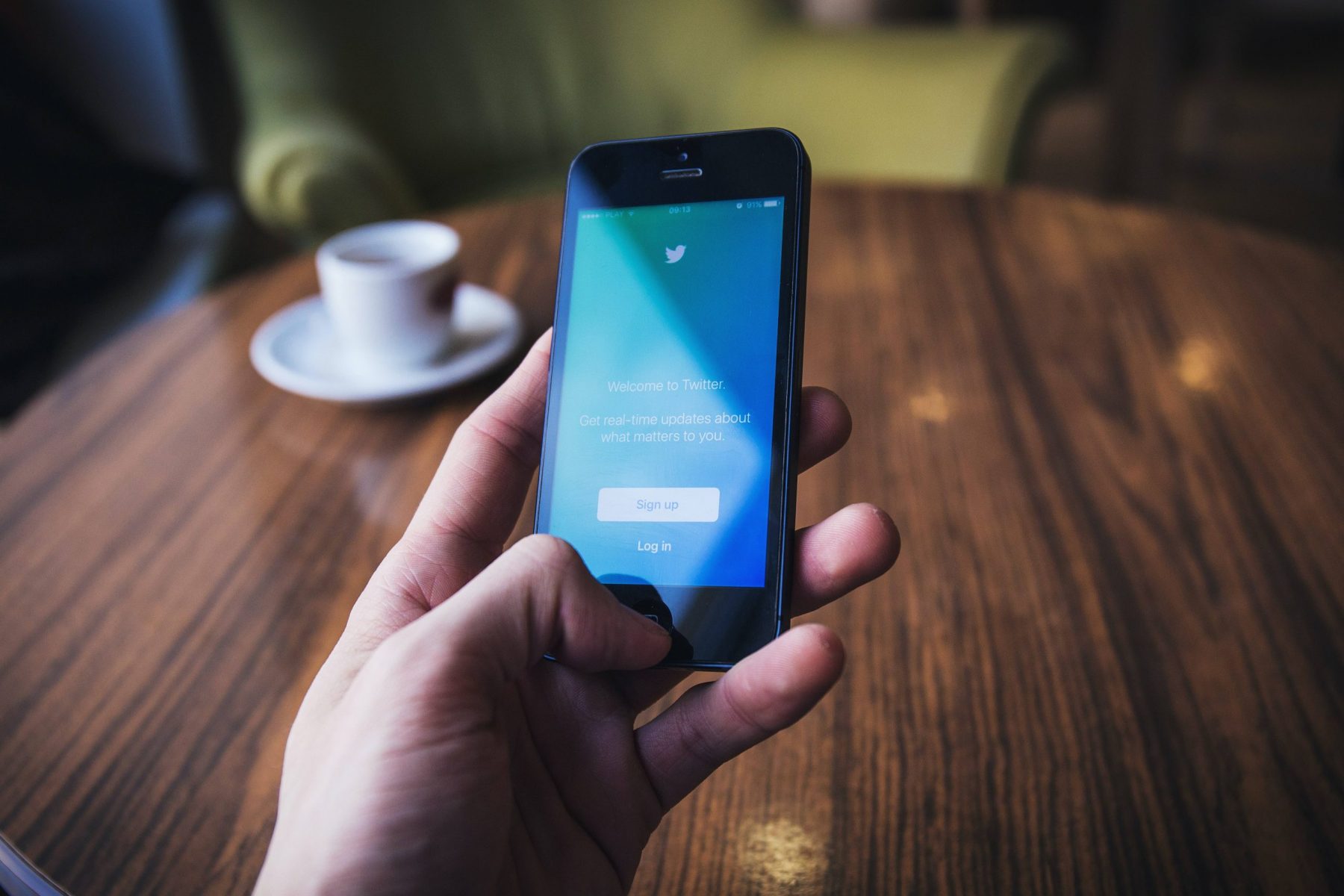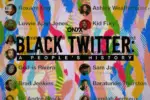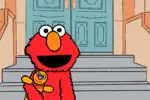With many physical spaces inaccessible due to the risk of COVID-19 infection, the accessibility of online spaces has become even more essential for daily life. Despite the increased need for accessible online spaces, Twitter, a technology giant with a net worth of over $22 billion, released a new voice tweets feature without making it accessible to Deaf and Hard of Hearing (HoH) people.
Voice tweets are up to 140 seconds of audio, allowing Twitter users to speak to their followers rather than writing. Due to a lack of caption or alt-text options, voice tweets are not accessible to Deaf and HoH people, leading to a firestorm of criticism from Deaf activists and allies.
Twitter Support has since commented on the issue, tweeting “We’re sorry about testing voice tweets without support for people who are visually impaired, deaf, or hard of hearing. It was a miss to introduce this experiment without this support,” and promising to address accessibility in an upcoming iOS update.
We're sorry about testing voice Tweets without support for people who are visually impaired, deaf, or hard of hearing. It was a miss to introduce this experiment without this support.
Accessibility should not be an afterthought. (1/3) https://t.co/9GRWaHU6fR
— Support (@Support) June 19, 2020
However, this incident has raised questions about Deaf/HoH accessibility and how Twitter and similar companies can design for accessibility needs more proactively in the future.
Why Are Inaccessible Products Still Being Made?
Dr. Jaipreet Virdi is a historian and professor at the University of Delaware who is Deaf herself. She believes that inaccessible products come from a design process rooted in ableism (prejudice against disabled people).
According to Virdi, another factor underlying the creation of inaccessible products is the belief that disabled people, including Deaf individuals, are rare user populations whose needs do not need to be prioritized.
The idea that hearing loss is rare is incorrect and it only contributes to inaccessible design. According to the World Health Organization, 5% of the international population has disabling hearing loss, and this may rise to 10% of the world’s population by 2050.
Virdi is frustrated by the lack of legal compliance by many companies, especially when it comes to newly developed products.
“The 30 anniversary of the American with Disabilities Act (ADA) is approaching and yet, accessibility is still an afterthought,” Virdi wrote in an email interview.
The ADA, a civil rights act that bans discrimination based on ability, requires that disabled people have access to all parts of public life open to the able-bodied public, including jobs, transportation, schools and other private and public places. According to the American Disability access website, systems must be operable in many ways and not rely on a single ability or sense of users.
By forcing users to rely solely on hearing without the option of reading a transcript of the audio, voice tweets are inaccessible according to U.S. government standards. If that’s the case, how was the voice tweet feature made in the first place? The answer is that laws are only effective if they are consistently enforced.
The U.S. Department of Justice has stated that inaccessible websites put disabled people at a disadvantage in our increasingly online-dependent world; the Department of Justice generally works to enforce web accessibility guidelines, but the slow moving process of ADA enforcement means that many accessibility violations, including those online, go unchecked for long stretches of time.
According to disability advocate and freelance writer Andrew Pulrang, the DOJ has rarely had the staffing do much in the way of proactive accessibility enforcement, leaving the responsibility of identifying accessibility barriers to disabled people and disability advocacy organizations. Laws don’t deter companies from making inaccessible products if they are not consistently enforced.
How Could Voice Tweets Be Made Accessible?
To make voice tweets accessible, Chris Robinson, a Deaf game accessibility consultant, suggests allowing users to make a transcription themselves.
“A way to make the app accessible would be allowing people to write their transcription with the tweet, just like how you can do alt text on media so that … people without sight and low vision can read a description of what the image is,” Robinson wrote in an email interview.
This solution alone may not be enough, because from his experience with video producers, many do not caption videos themselves. To supplement self-captioning, built in captioning software may also be necessary.
“We were already struggling with videos being uploaded without captioning so we would have to hope that the uploader would provide captioning (most of the time they don’t),” Robinson wrote.
According to Virdi, some activists have taken it upon themselves to make sure essential content is accessible by captioning it themselves.
“@ProtestAccess, for instance, is a volunteer group of 250 people (and counting), some of whom are disabled themselves, whose initial goal was to ensure that BLM content was captioned,” wrote Virdi. “They began with captioning then expanded to include alt-text and transcription, so BLM content was accessible for everyone—not just on Twitter, but across other social media platforms.”
Hearing Twitter users who want to make their video and audio content, including voice tweets, accessible to Deaf/HoH people can add captions themselves in an attached tweet.
How Should Technology Companies Change to Make Future Technologies Accessible?
Designing for the needs of the growing Deaf or HoH population should be a high priority for technology companies. In the process of building more accessible technology, however, it is important that companies not treat disabled communities as a monolith.
While Professor Brenda Schertz, an ASL and Deaf culture instructor at Cornell University, is optimistic about a range of new captioning technologies, she cautions that captioning is not the perfect solution for Deaf people.
“Not all Deaf people have access to captioning technology or prefer to use it. Some prefer to use American Sign Language interpreters. For myself, I used captions and an interpreter as well, so that I can speak for myself with ASL and receive information both ways,” Schertz said in an interview via an ASL interpreter.
To create technology that addresses the wide range of needs and preferences of the growing Deaf/HoH community, as well as other disabled communities, Virdi believes that companies should hire more disabled people.
“If a giant corporate company like Twitter wants to truly commit themselves to inclusion, then they need to hire disabled people and pay them for their expertise, design and perception,” Virdi wrote.
















